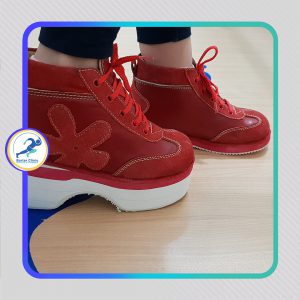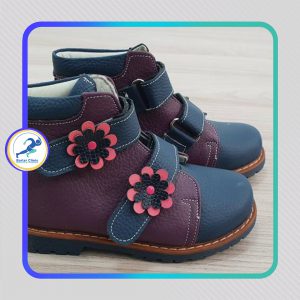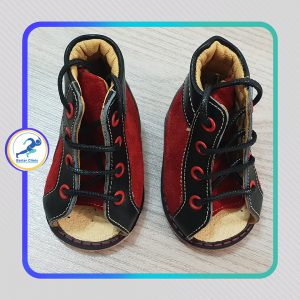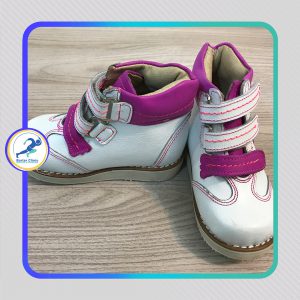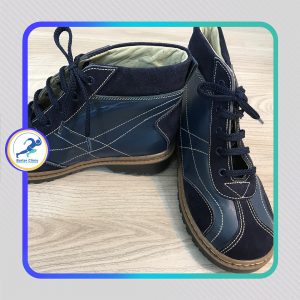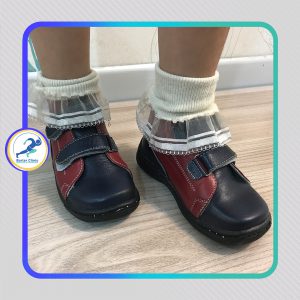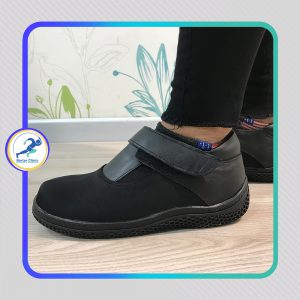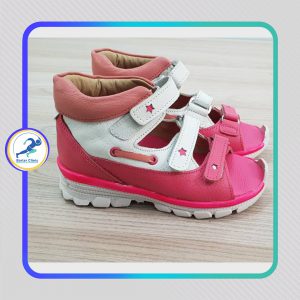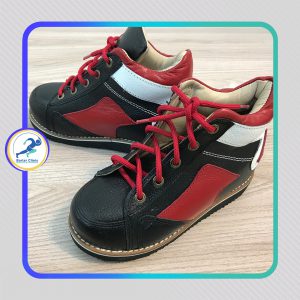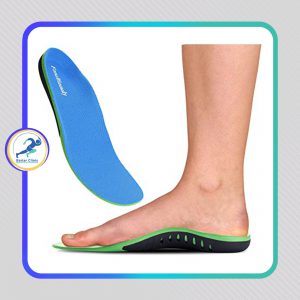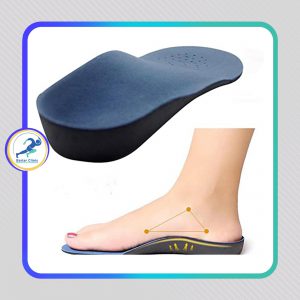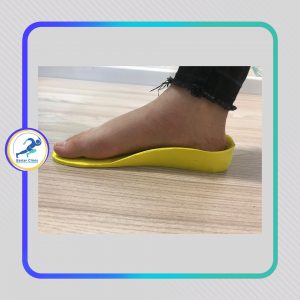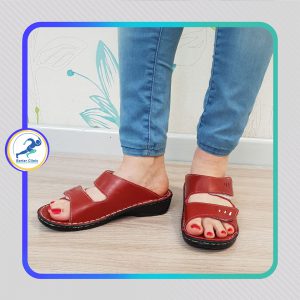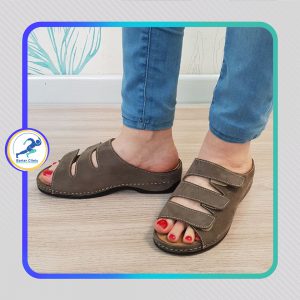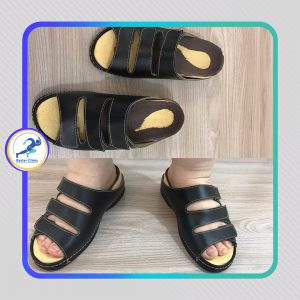خدمات ما
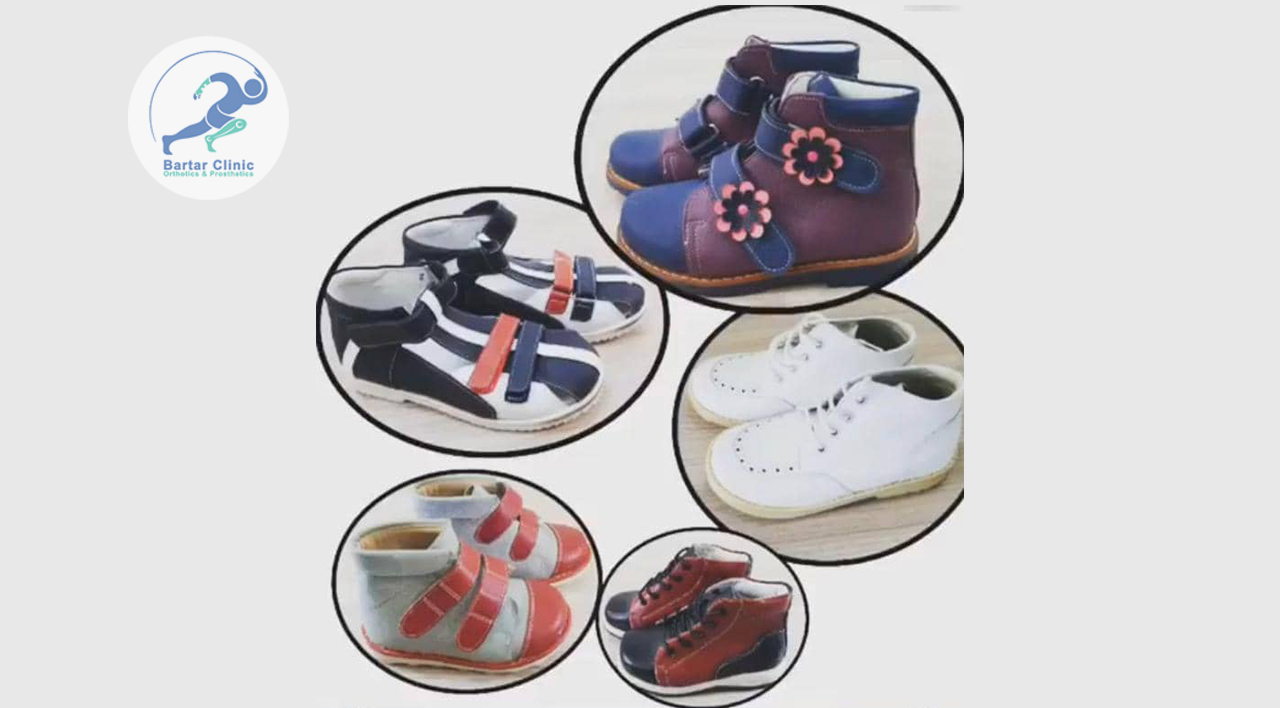
Medical Shoes and Insoles
Medical shoes
Medical shoes, also known as orthopedic footwear, are a general term for shoes manufactured with specific specifications and features to support the mechanics and structure of the foot.
Typically, orthopedic shoes consist of a firm and durable outer covering, a sturdy heel section, and a replaceable insole that allows for the placement of specific orthopedic devices inside. They are available in diverse types to accommodate different foot variations and conditions.
In summary, medical shoes, or orthopedic footwear, are prescribed for the following conditions:
- Pediatric foot alignment issues
- Metatarsus adductus
- Clubfoot or talipes equinovarus
- Achilles tendon shortening
- Pediatric genu varum or bowlegs
- Leg length discrepancy
- Hallux rigidus
- Recurrent ankle sprains
- Equinus deformity
- Post-Achilles tendon repair surgery
- Rheumatoid arthritis
- Hammer toe
Medical Insoles
Medical insoles are an orthosis used to correct the function of the foot and lower extremities, including the ankle, lower leg, knee, thigh, and hip. Structural abnormalities in the foot or other lower extremities can result in abnormal pressure distribution on the sole, making walking difficult for individuals. In such cases, an orthopedic specialist may prescribe specific orthotic insoles to improve the function of the foot and lower extremities and reduce the applied pressure.
Orthotic insoles support the foot by distributing pressure evenly across the sole, helping prevent injury to the knees, hips, and lower back. They are prescribed for the following conditions:
- Flat feet
- Excessive arch height (pes cavus)
- Plantar fasciitis or plantar fasciopathy
- Heel spurs
- Pain in the forefoot due to Morton’s neuroma, hallux valgus (bunion), or hallux rigidus
- Patellofemoral syndrome and knee osteoarthritis
- Recurrent ankle sprains
- Limb length discrepancy
- Metatarsalgia
Medical sandals
Given that individuals spend a significant amount of time walking and standing without shoes during the day and considering those with foot and knee problems requiring custom insoles, it is recommended for them to use a pair of medical sandals (slippers). This allows them to experience a better and more pronounced effect by wearing the insole and sandals simultaneously. Additionally, for individuals with diabetes, it is advisable to have sandals specifically made for home use to provide comprehensive protection for the patient’s foot.
Various leather medical sandals are available at this center, catering to conditions such as flat feet, heel spurs, leg length discrepancy, Achilles tendonitis, and more.

